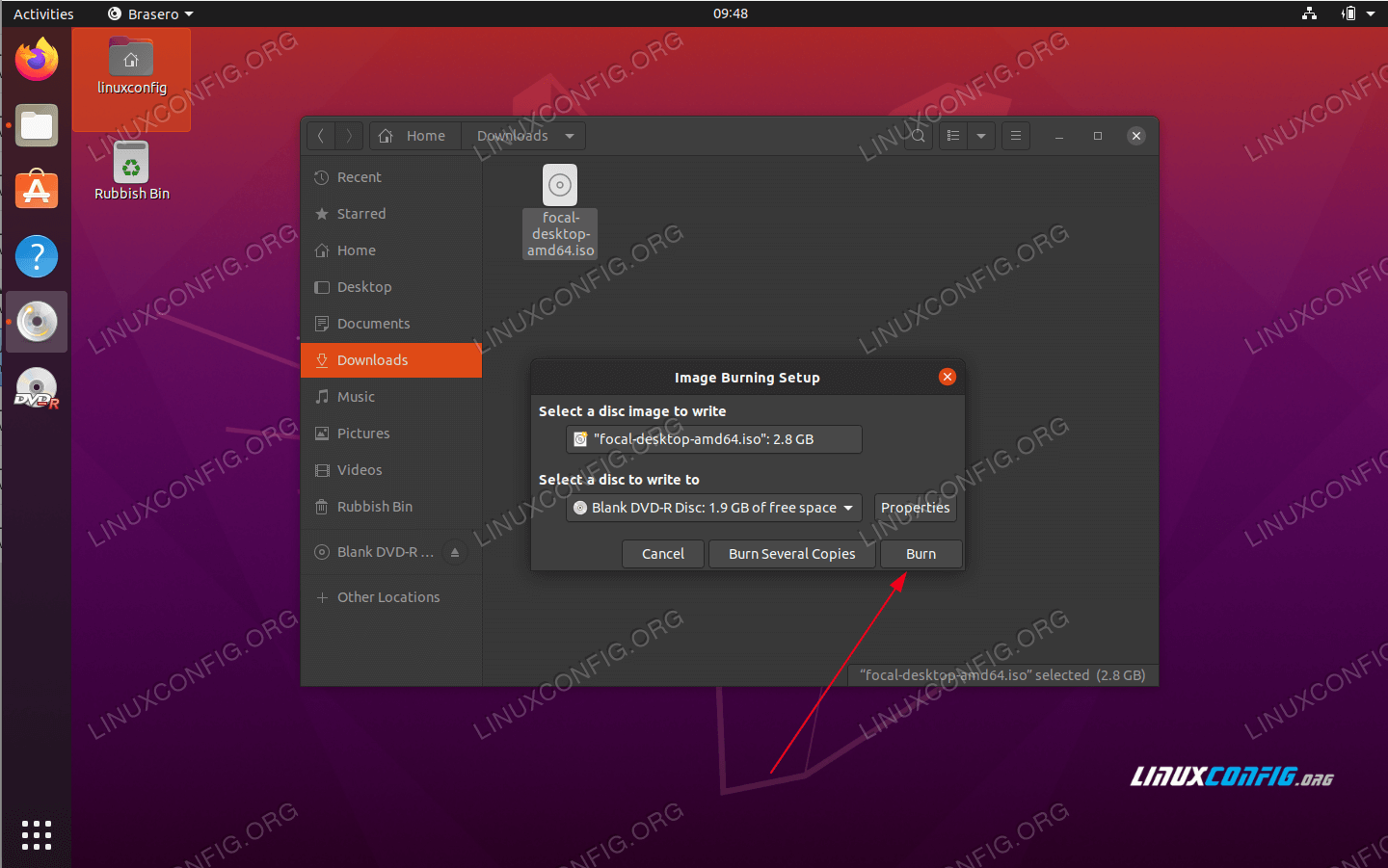
It should also be noted that the LiveCD used to perform the recipe was "Linux Mint 9 LXDE", which caused Grub 1.98-1ubuntu5-1mint2 to be installed, not Grub2.

Maybe the full grub.cfg entry should be reported here: Pressing any key returns to the grub menu. Linux /boot/grsec initrd=/boot/grsec.gz iso-scan/filename=/alpine214.iso alpine_dev=usbdisk:vfat modules=loop,cramfs,sd-mod,usb-storage quietĮrror: you need to load the kernel first. Hi, that "linux (loop)/boot/." thing looks funny to me. I must say all went well with the Linux Mint 10.10 and the Tin圜ore isos, into which I'm able to boot with no issues. Linux (loop)/boot/grsec initrd=/boot/grsec.gz iso-scan/filename=/alpine214.iso alpine_dev=usbdisk:vfat modules=loop,cramfs,sd-mod,usb-storage quietĪll I got when I tried to boot this was the following error:Īlpine Init 2.1.2 /init: eval: line 1: syntax error: unexpected "(" kernel panic - not syncing: attempted to kill init! Pid: 1, comm: init Not tainted 2.6.35.10-grsec #1-Alpine So I downloaded the latest Alpine iso via wget and modified the relevant grub.cfg lines to: At the end, you find this tip:Īdding an Unlisted ISO: To try ISO Files that are not yet listed, use the existing menu entry examples in /boot/grub/grub.cfg and append any options normally found in the distribution's syslinux.cfg file on the "append" line, to the "linux" line of the menu entry. Next I tried to follow this recipe to boot from Alpine 2.1.4 iso. When I tried to install Alpine from the LiveCD to this card, which is listed as a hard drive by the BIOS, it complained of insufficient space. Pnin 05:43, 8 February 2011 (UTC)Ĭurrent system is a 2.8 Prescott Pentium IV with 2MB RAM, booting from a 1GB CF plugged into the IDE interface, with an attached 500GB SATA HDD for data. Should anyone disagree, do feel free to delete. However, I still believe a simple 'boot from iso' procedure could do wonders for Alpine, so I'm leaving this here for future reference. I did find a page here at the wiki, under the heading ' Install Alpine cd-rom image on hard disk' where a somewhat related solution is provided, but it involves extracting the distro files from the iso, something that unetbootin does in a rather more easy and straightforward way - at least, that's what I used to get Alpine to boot from a USB pendrive (plenty of recipes for that around).

Couldn't make the intended setup work with my meager Linux knowledge. iso files placed in the /boot/images directory. In addition to standard partitions or drives, the Debian package grub-imageboot allows booting. Using an installed Bootloader grub-imageboot apkovl customizations are booted with a virtual machine. The QEMU page shows how an ISO image and.


 0 kommentar(er)
0 kommentar(er)
